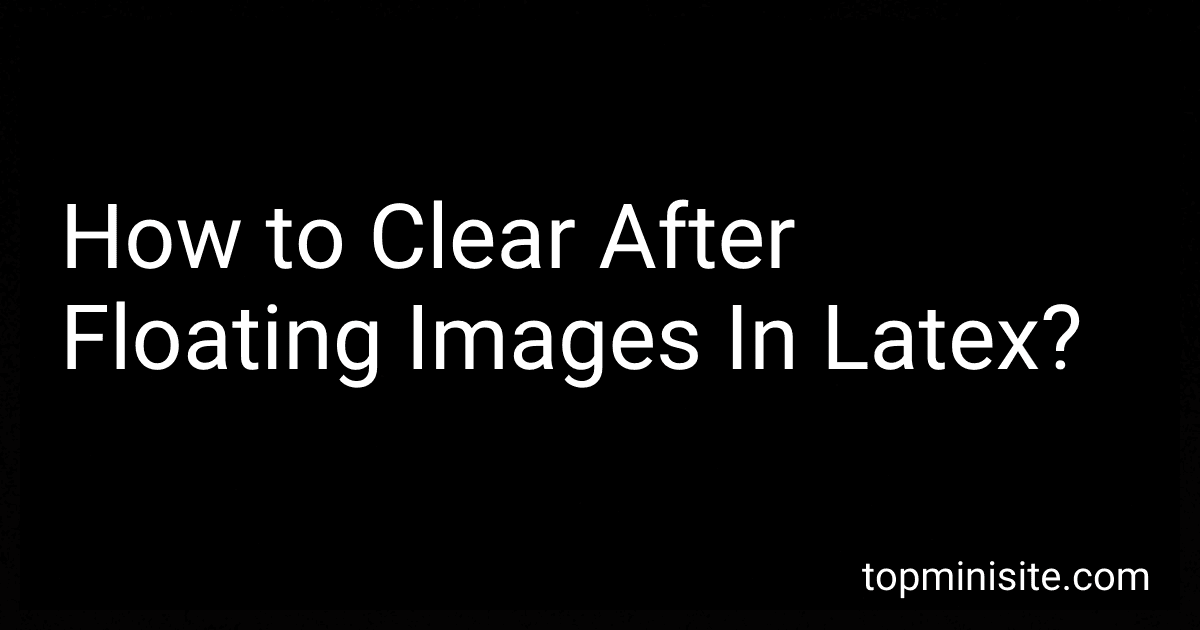Best Resources to Clear Floating Images in LaTeX to Buy in December 2025
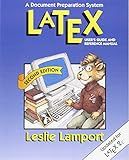
LaTeX: A Document Preparation System


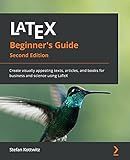
LaTeX Beginner's Guide: Create visually appealing texts, articles, and books for business and science using LaTeX


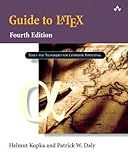
Guide to Latex


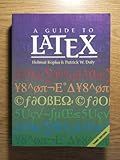
A Guide to LATEX: Document Preparation for Beginners and Advanced Users (3rd Edition)


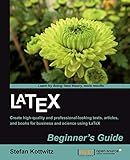
LaTeX Beginner's Guide


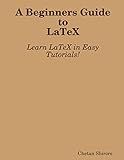
A Beginners Guide to Latex


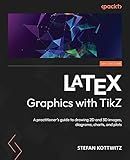
LaTeX Graphics with TikZ: A practitioner's guide to drawing 2D and 3D images, diagrams, charts, and plots


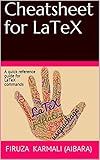
Cheatsheet for LaTeX: A quick reference guide for LaTeX commands


In LaTeX, when you want to clear or manage the positioning of floating environments like figures and tables, you might encounter a need to control how these floats appear relative to other content. To clear after floating images, you can use the \clearpage or \FloatBarrier commands. The \clearpage command will force the current page to end and will display all pending floats before starting a new page. The \FloatBarrier command, which requires the placeins package, ensures that no floats go beyond the point where it is used, effectively preventing floats from appearing after certain content that should strictly bind the floats above it. Using \FloatBarrier is often a cleaner option if you don't necessarily want a page break but wish to confine floats to a certain section.
How to create subfigures in LaTeX?
Creating subfigures in LaTeX can be done using several packages. One of the most commonly used packages for this purpose is the subcaption package, which supersedes the older subfigure package. Here's a basic guide on how to use the subcaption package to create subfigures:
- Include the Required Packages: First, ensure you include the necessary packages in the preamble of your document. \documentclass{article} \usepackage{graphicx} \usepackage{subcaption}
- Create the Subfigure Environment: Next, within a figure environment, use the subfigure environment provided by the subcaption package to create subfigures. \begin{document} \begin{figure}[htbp] \centering \begin{subfigure}[b]{0.45\textwidth} % width of the subfigure \includegraphics[width=\textwidth]{image1.png} \caption{Caption for Image 1} \label{fig:subfig1} \end{subfigure} \hfill \begin{subfigure}[b]{0.45\textwidth} \includegraphics[width=\textwidth]{image2.png} \caption{Caption for Image 2} \label{fig:subfig2} \end{subfigure} \caption{Main figure caption describing the subfigures} \label{fig:main} \end{figure} \end{document}
- Adjusting the Layout: The subfigure environment allows you to specify the width of each subfigure, typically as a fraction of \textwidth. Adjust the widths to control the layout and spacing of subfigures. \hfill is often used between subfigures to add some space and separate them. You can also use other spacing commands or adjust the widths to better arrange them.
- Labels and References: Use the \label command within each subfigure environment to assign labels for referencing each subfigure. Reference these subfigures in the text with \ref{fig:subfig1} and \ref{fig:subfig2}, and the main figure with \ref{fig:main}.
Above is a simple example to get you started with creating subfigures in LaTeX using the subcaption package. Adjust according to your specific needs, such as changing image files, captions, and text widths to fit your document.
How to make images float in LaTeX?
In LaTeX, you can make images float using the figure environment. This allows you to place images in your document in a way that they will float to an optimal position on the page, respecting the document's layout constraints. Here’s a basic guide on how to do it:
- Include the graphicx package: To work with images, you need to add the graphicx package in the preamble of your document. This package provides the necessary commands to include graphics. \usepackage{graphicx}
- Use the figure environment: Encapsulate your image with the figure environment. This tells LaTeX to treat the content as a floating object.
- Insert your image with \includegraphics: Within the figure environment, use the \includegraphics command to include your image file. You can specify options like width to control its size.
- Add a caption and label: You can use the \caption and \label commands to provide a caption and a label for referencing the figure in your text.
Here is a complete example:
\documentclass{article} \usepackage{graphicx}
\begin{document}
\begin{figure}[htbp] \centering \includegraphics[width=0.5\textwidth]{example-image} \caption{This is an example image} \label{fig:example} \end{figure}
As shown in Figure~\ref{fig:example}, ...
\end{document}
Explanation:
- The [htbp] in the figure environment specifies placement options for the float: h means "here" (approximately where it appears in the source code). t means "top" (at the top of a page). b means "bottom" (at the bottom of a page). p means "page" (on a float page, which contains only floats). You can use any combination of these to guide LaTeX in positioning the float.
- The \centering command centers the image within the figure environment.
- width=0.5\textwidth sets the width of the image to half of the text width. You can adjust this factor to scale your image accordingly.
These steps should help you properly include and float images in your LaTeX documents.
What is a LaTeX extension for graphic management?
In LaTeX, managing and including graphics is typically done using the graphicx package. This package provides a simple and flexible interface for including graphics in your documents. It allows you to specify the file type, scale, rotation, and position of images. You can include it in your LaTeX document by adding the following line to your preamble:
\usepackage{graphicx}
Once included, you can insert images using the \includegraphics command, like so:
\begin{figure}[htbp] \centering \includegraphics[width=\linewidth]{filename} \caption{Your caption here} \label{fig:example} \end{figure}
In addition to graphicx, there are other packages such as float, subcaption, and tikz that can complement graphicx by providing enhanced functionality for positioning or creating complex graphics and diagrams directly within LaTeX.
For managing more complex document structures with many figures, packages like pgfplots (for creating plots and graphs) or pdfpages (for including entire PDF documents) can also be very useful, depending on your specific needs.
How to center images in a LaTeX document?
Centering images in a LaTeX document can be done in a few different ways depending on the context and the packages you are using. Here's a simple and common method using the figure environment, which also allows you to add captions and labels for your images:
- Using the figure environment:
\begin{figure}[h] \centering \includegraphics[width=\textwidth]{your-image-file-name} \caption{Your caption here} \label{fig:your-label} \end{figure}
- \centering is used within the figure environment to center the image.
- \includegraphics requires the graphicx package, so make sure to include \usepackage{graphicx} in the preamble of your document.
- You can adjust the width of the image by changing the \textwidth to a specific value like 0.5\textwidth for half the page width, or use an absolute dimension like 0.75\linewidth.
- Using the center environment:
If you are not using the figure environment and do not need captions or labels, you can use the center environment directly:
\begin{center} \includegraphics[width=0.5\textwidth]{your-image-file-name} \end{center}
This directly centers the image on the page without additional functions of the figure environment.
- Using the adjustbox package (optional):
If you want more advanced options for positioning images, consider using the adjustbox package:
\usepackage{graphicx} \usepackage{adjustbox}
% In your document \begin{figure}[h] \centering \includegraphics[width=0.8\textwidth]{your-image-file-name} \caption{Your caption here} \label{fig:your-label} \end{figure}
The adjustbox package provides additional customization for positioning images, though \centering usually suffices for most needs.
Remember to replace "your-image-file-name" with the actual file name of your image and ensure that the image file is in the same directory as your LaTeX document or provide the relative path to the image file.
